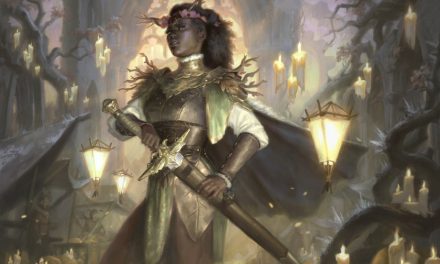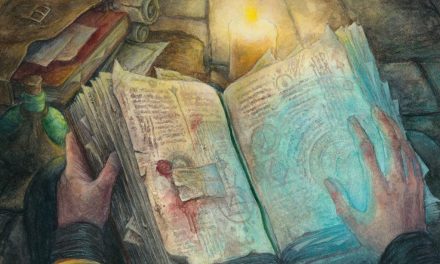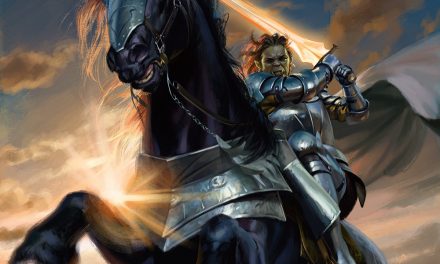Not all martial characters in D&D 5e rely on pure strength to defeat their enemies. Instead, some focus on swiftly and subtly outmaneuvering their foes to catch them off-guard.
Each of the subclass options available to Rogues in D&D 5e add unique traits and abilities to your character. At level 3, you choose a Roguish Archetype to better refine your preferred methods of operation.
But not all Rogues are created equal, my friend.
So today we’re putting each of these subclasses against each other and ranking our picks!
While every Rogue can be fun to play and be critical to the party’s success, there can be only one champion!
Where will your favorite subclass rank?
Number 9 – Mastermind

Infiltration, disguise, and intrigue are the Mastermind Rogue’s area of expertise. These cunning characters focus on manipulating others both in and out of combat. They weave webs of intrigue wherever they go and always keep their enemies (and sometimes friends) guessing.
Unfortunately, the Mastermind finds itself at the bottom of our ranking.
While the ability to use the Help action as a bonus action and at a greater range is useful, it’s not quite as useful as the many other options available to Rogues of other archetypes.
In a campaign that focuses heavily on intrigue, this could be a very strong pick with lots of opportunity.
However, this subclass just doesn’t quite keep the pace as the other options otherwise.
You can check out the full guide to the Mastermind Rogue subclass here!
Number 8 – Inquisitive
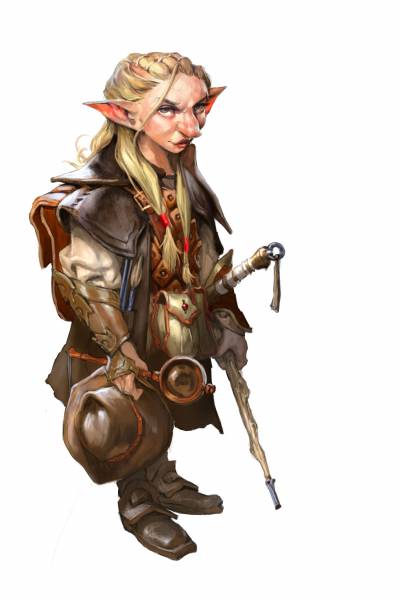
Coming in at number 8 we have another subclass with an interesting premise but a more niche skillset: the Inquisitive.
These Rogues are hard to fool!
Like a Sherlock Holmes detective, they have a knack for catching every detail and inconsistency. In combat, they can analyze their opponents’ movements and quickly develop counters to get easier Sneak Attacks.
However, this subclass relies heavily on Wisdom abilities. Considering that the typical Rogue wants to focus on Dexterity for their primary skills, Intelligence for finding traps with Investigation, and Charisma for talking their way out of trouble, adding yet another ability priority leaves you spread pretty thin.
Like the Mastermind, the Inquisitive relies heavily on what type of campaign you’re playing.
Something like Waterdeep: Dragon Heist can be perfect for an Inquisitive. However, your party might not be quite as excited to crack the latest case instead of storming the next dungeon for piles of treasure.
Want to learn more about the Inquisitive Rogue? Check out the full guide!
Number 7 – Assassin
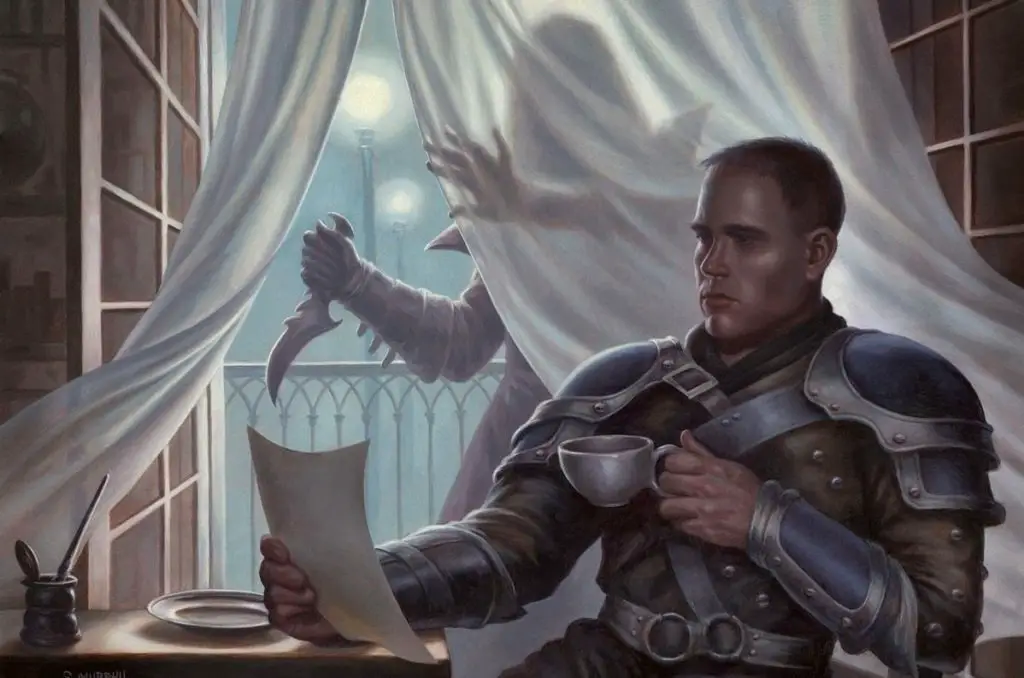
The Assassin Rogue is hyper-focused on two things: infiltration and dealing a ton of damage before the enemy knows what hit them.
While the Assassin can put out some tremendous damage, it does rely pretty heavily on your party having a coordinated strategy. After bringing the pain with a surprise Sneak Attack to initiate the fight, you are more-or-less a standard Rogue in combat.
Because of that, you’ll want to focus on trying to ambush enemies whenever possible.
But don’t get it twisted!
Being able to pump out so much damage against a priority target can easily be the difference between success and failure for your party.
Enemy spellcasters, in particular, can likely be dropped in a single hit. With the enemy’s arcane artillery out of the picture, clean up can be a breeze.
Also read: The Complete Guide to the Assassin Rogue in D&D 5e
Number 6 – Phantom
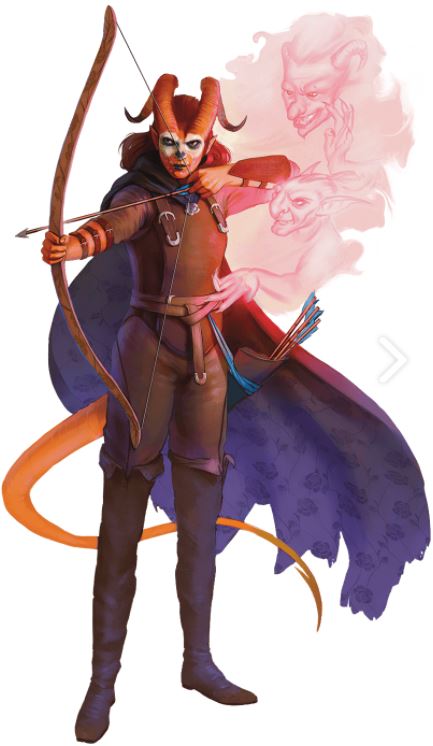
If you’re looking to add a dose of the macabre to your Rogue, the Phantom subclass is for you.
Calling upon the powers of the dead, these Rogues gain extra skills proficiencies, deal extra damage to nearby enemies when using their Sneak Attack, and can eventually pass through walls like a ghost themselves!
Using their Soul Trinkets, these Rogues gain additional abilities to aid them.
They become remarkably hard to kill with advantage on their Constitution and death saving throws. Using one of these trinkets, they can even ask questions to the spirits that inhabit the Soul Trinket.
The Phantom takes some time to really get their abilities going which makes them a bit underwhelming at low levels.
But in the game’s mid-levels and beyond, the Phantom can put out fantastic damage while still offering ghostly utility to the party.
Related: The Complete Guide to the Phantom Rogue Subclass in D&D 5e
Number 5 – Thief
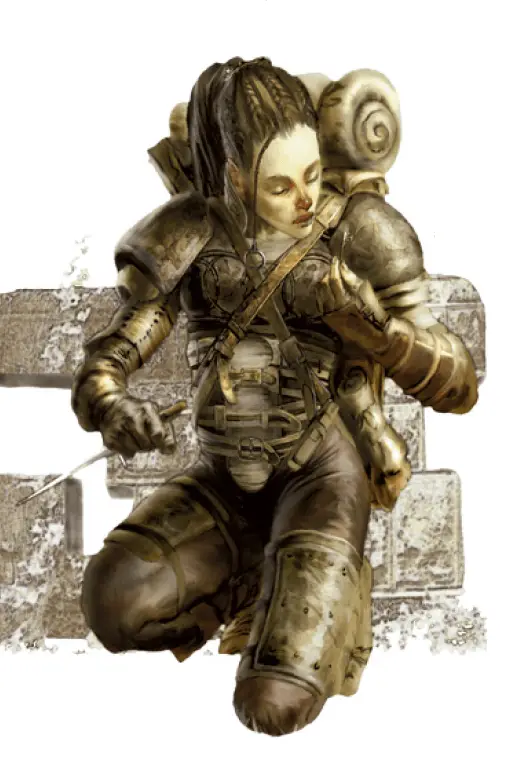
Not only is the Thief subclass the most iconic of the Roguish archetypes, it’s an icon of D&D as a whole!
The Thief is a strong option for any player regardless of how much experience they have with D&D. It’s not common to have a subclass that can be equally enjoyed by new players and veterans!
After all, this archetype is heavily focused on empowering the player to poke and prod at the world with great abilities that add to their ability to infiltrate, act quickly, and survive!
Abilities like Fast Hands and Supreme Sneak make the Thief an elusive and fast-acting character. At later levels, they get to ignore restrictions on magical items with their Use Magic Device ability.
At the highest levels, the Thief’s Reflexes ability lets them take an extra turn in the first round of any combat!
When someone thinks of the Rogue class, the Thief is typically what comes to mind. That’s for good reason too!
This subclass goes all in on the abilities and role that define the Rogue as a class with plenty of utility and quick-thinking survivability!
Related: The Complete Guide to the Thief Subclass in D&D 5e
Number 4 – Soulknife
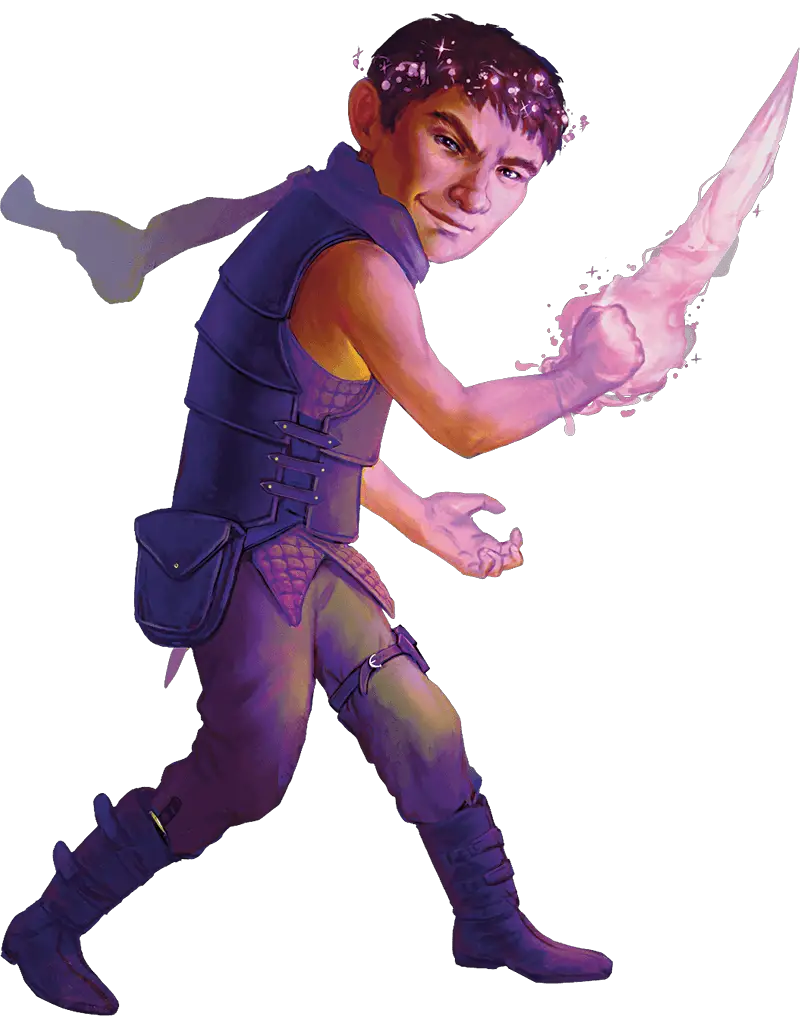
The number four spot in this ranking goes to the Soulknife subclass.
Mixing the Rogue’s agility with powerful psionic abilities results in a character that is able to scrap in combat while also providing some incredible utility for the party.
Conjuring psychic blades, the Soulknife is never unarmed. Using these in combination with the Psionic Energy Dice abilities you’ll get as you level up, you can easily outwit and outmaneuver whoever is unlucky enough to be fighting against you.
With the subclass’s capstone ability, your attacks can completely break the mind of your enemy!
The Soulknife may not have any specific new specializations or roles thrust upon them, but by adding psychic abilities to the Rogue class’s already-great kit, these characters are beasts!
Unfortunately, this subclass just barely gets edged out of the top 3 because one of the abilities relies on having the DM just work with you if you want it to scale properly as you level up. While most DMs will probably be cool with it, some may not.
You can read more about that in our Complete Guide to the Soulknife in D&D 5e!
Number 3 – Scout
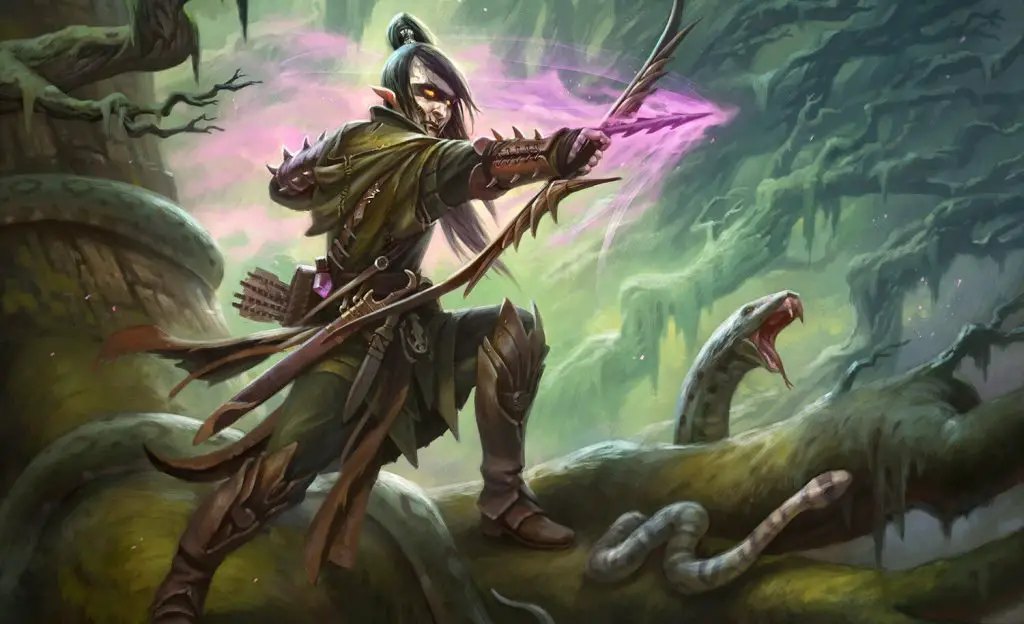
Scout Rogues excel at fighting from a distance. They use their survival knowledge and mobility to navigate the wilds and are experts at setting ambushes to catch their enemies off guards.
Unleashing arrows from the cover of the party’s backline, Scouts can put out fantastic and reliable damage. Looking for opportunities to get the most out of their Sneak Attack, they function as a type of sniper making decisive attacks from afar.
Even outside of combat, Scouts are great for helping the party safely navigate treacherous terrain. As they increase in level, they eventually do this even better than Rangers! (Which is honestly crazy!)
With the Scout’s final ability, they can even Sneak Attack twice per turn. That’s some massive damage output that will make most enemies panic when they realize what’s happening!
While this subclass may not have taken the number one spot on this list, make no mistake: it’s a brilliant option for any Rogue who favors a ranged approach.
Read More: Get all of the details on the Scout in our Complete Guide!
Number 2 – Swashbuckler
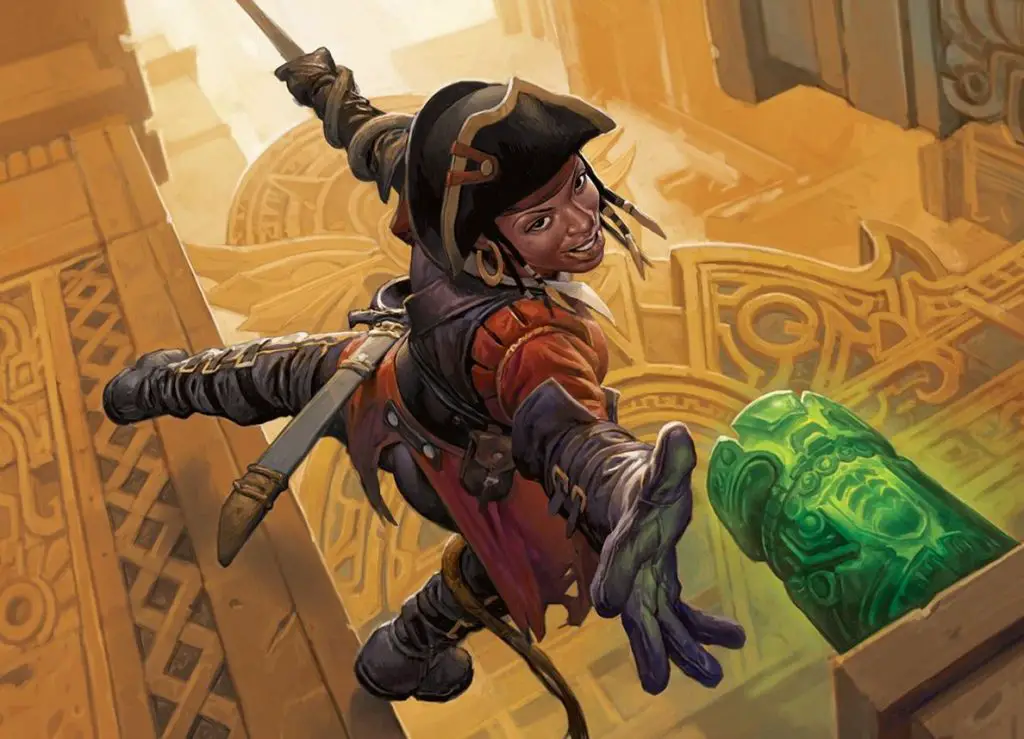
Ahoy matey! Hoist the main sail as the Swashbuckler sails into the number 2 spot of our ranking!
With speed and panache, the Swashbuckler is a duelist with no equal. They move quickly – dancing circles around their opponents to make swift and deadly strikes.
But even beyond the mechanics of this subclass, it’s just so entertaining and cinematic. Because Swashbucklers also rely on their Charisma for their abilities, you’re encouraged to taunt and infuriate your enemies as you fight.
The Swashbuckler may not gain much utility over other Rogues with their abilities, but they make up for that by being such an effective and dynamic combatant!
Oh – stylish too! We can’t forget that!
Whether you’re going for a high-seas adventure or not, the Swashbuckler should certainly be a consideration for your next Rogue character!
Related: Just be sure to check out our Complete Guide to the Swashbuckler in D&D 5e first!
Number 1 – Arcane Trickster
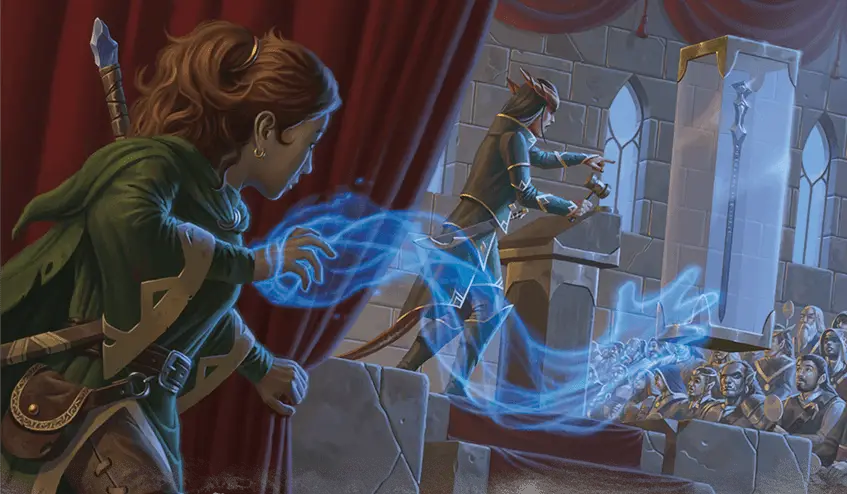
Finally we come to number one. After making sure that we weren’t under the effects of any enchantment spells, the Arcane Trickster steals the number one spot of our ranking!
Everything about this subclass is fantastic. Not only do its abilities expand on what the Rogue is able to do, but their spellcasting abilities add an incredible level of versatility to how you build your character.
Arcane Tricksters are able to use their Mage Hand to wonderful effect and will always have an extra trick up their sleeve for when things get tough.
This is a subclass that stands out at every level of play and has endless potential for how you want to build and roleplay the character.
Read More: Check out the full guide to the Arcane Trickster in 5e!
Conclusion – The Rogue Subclasses Ranked
The flavor and mechanics of each of these subclasses really show just how many different ways there are to play a Rogue in 5e!
So, what do you think about this ranking?
Did one of the subclasses deserve to rank differently?
Let me know in the comments!
And don’t forget to check out my Complete Rogue Guide for D&D 5e here!
You can find the Arcane Trickster, Assassin, and Thief subclasses in the 5e Player’s Handbook.
The Swashbuckler, Scout, Inquisitive, and Mastermind are in Xanathar’s Guide to Everything.
Find the Phantom and Soulknife in the most recent book of player options: Tasha’s Cauldron of Everything.



